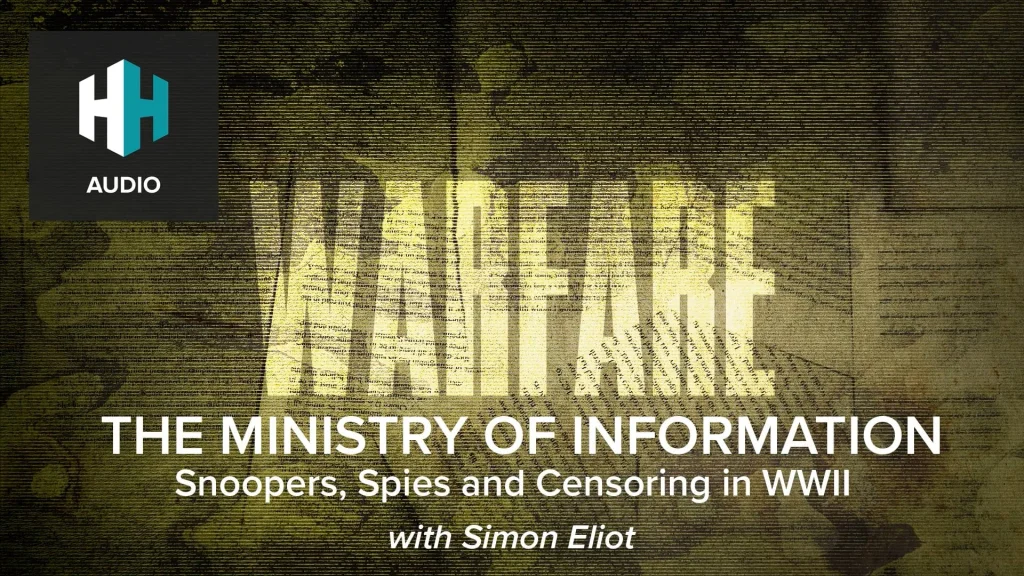

Throughout modern history, spies have used crafty devices to gather intelligence, evade capture and inflict harm.
Undoubtedly, Hollywood movies have glamorised and exaggerated the life of a spy. But the 20th century saw security organisations like MI6 and the KGB toil to develop ever more elusive and creative contraptions for their agents.
As such, spies during World War Two, the Cold War and beyond had an array of high-tech field gadgets at their disposal.
From exploding pencil cases to poison-tipped umbrellas, here are 10 of the most innovative real-life spy gadgets ever invented.
 Listen Now
Listen Now1. Poison-tipped umbrellas
An inconspicuous, but deadly, umbrella was used by Soviet spies to assassinate enemies of the state. Its tip was fitted with ricin, a slow acting, and at the time virtually untraceable, poison.
The poison-tipped umbrella saw action in 1978, when Bulgarian dissident Georgi Markov was strolling across London’s Waterloo Bridge. Markov felt a twinge in his leg as an unidentified man passed by. Four days later, Markov was dead. A pathologist found a tiny metal pellet lodged in his leg.
The perpetrator was never charged.
2. Remote-controlled insects
In 1974 the CIA premiered the ‘insectothopter’, a remote-controlled faux dragonfly designed to secretly record conversations of interest.
The machine was not without its limitations. It housed a miniature gas engine, which could only be powered for around a minute. And the device proved unwieldy even in light winds, so was never deployed on a mission.
Nonetheless, the ‘insectothopter’ proved that unmanned aerial machines could feasibly be used to gather information. Aerial intelligence-gathering technologies would indeed go on to play a pivotal role in reconnaissance, especially after the advent of effective drones.

The ‘insectothopter’, an aerial, remote-controlled device devised by the CIA.
Image Credit: Central Intelligence Agency / Public Domain
3. Coat button cameras
Miniature cameras were used by operatives from Europe, the United States and the Soviet Union throughout the Cold War. Models small enough to be concealed within a jacket button were introduced, with the camera’s shutter typically controlled by a switch hidden in the coat’s pocket.
Similar cameras, or sometimes miniature microphones, were concealed by the CIA in other items of clothing, such as necklaces and broaches.
4. Exploding pencil cases
During World War Two, the US Office of Strategic Services commissioned an incendiary bomb disguised as a box of pencils. The contraption benefitted from a time-delayed detonator, meaning its user could flee the scene before the device exploded.
It was issued to US agents between 1943 and 1945.
 Listen Now
Listen Now5. Camera-clad pigeons
Pigeons fitted with secret cameras were used to map military battlefields, targets and territories during World War One and World War Two.
A tiny, automatic camera would be strapped to a pigeon’s breast and flown over targets of interest. These cameras were capable of taking hundreds of photos, and the pigeon carriers could go undetected at far lower altitudes than planes.

Pigeons fitted with miniature cameras, 1909.
Image Credit: Julius Neubronner / Public Domain
6. Untraceable letter-opening devices
Agents used untraceable letter-opening devices during World War Two to read mail without its recipient knowing.
A thin bar would be slid through the narrow opening at the top of an envelope fold. Pincers would then grab the top of the letter. As the device was rotated, the letter would be coiled around the metal bar. The bar, with the letter tightly wound around it, would then be slipped out of the envelope.
Once its contents had been read or copied, the letter would again be inserted into the envelope flap and unwound. The envelope would still be intact. And its recipient, hopefully, would be unaware that its contents had been compromised.
7. Wristwatch cameras
In the late 1940s, West German experts developed a miniature camera disguised as a wristwatch. The contraption had a functioning photographic lens in lieu of a clock face. And concealed beneath the lens was a tiny roll of film, roughly an inch across, capable of capturing 8 photographs.
Given its discreet design, the machine didn’t have a viewfinder, which made framing subjects a tricky task for operatives.

A Steinek ABC wristwatch camera.
Image Credit: Maksym Kozlenko / CC
8. Glove guns
The US Navy developed the first ‘glove gun’, a purpose-built miniature firearm disguised within a nondescript winter glove. The Soviet Union’s KGB designed their own version, too.
The idea was that agents would be able to get closer to their enemies if their weapon was concealed. Once the target was in close proximity, the hidden trigger would be pressed and a bullet released.
9. Suitcase transceivers
When the United Kingdom’s Special Communications Unit invented a message transceiver disguised as a luggage case, both the SAS and MI6 adopted the technology. The Mk.123, as the device was officially known, was capable of sending and receiving messages across the globe.
The Mk.123 saw action in November 1978 when Iranian demonstrators attacked the British Embassy in Tehran, torching the building. The power went down, but an embassy official relayed news of the attack to the British authorities using a concealed Mk.123 device.
The machine remained popular with British security and intelligence agencies until the 1980s.
10. Lipstick pistols
In 1965, American officials arrested and searched a suspicious individual at a roadblock in West Berlin. They found a nondescript lipstick holder on the suspect. When opened, the case revealed a concealed 4.5mm pistol capable of firing a single .177-calibre round.
The weapon, nicknamed the ‘Kiss of Death’, is now housed in the International Spy Museum in Washington DC.
Disguised firearms, such as the lipstick pistol, were used by KGB-affiliated agents throughout the Cold War.

A lipstick pistol, or ‘kiss of death’, on display at the International Spy Museum in Washington DC.













